It doesn’t matter if you run a business website, a niche blog, or an online store. You should prioritize web traffic generation if you want to establish your authority and grow your brand.
The bad news: too many marketers overlook the fact that not all traffic is the same.
Different users have different needs.
You don’t just develop a “catch-all” strategy that treats everyone the same, expecting them all to move through your sales funnel like clockwork.
In order to convert visitors into subscribers or paying customers, you need to provide them with a compelling user experience.
Everything — from your content to your value propositions — must be tailored to their unique needs.
Sure, most traffic generation strategies that get results can increase sales by a hair.
But unless you know how to segment your audience and optimize your content strategy accordingly, you won’t be able to unlock the true profitability of your website.
First, let’s make sure you know enough about your audience.
Creating Marketing Personas
As a marketer, you should be familiar with this very key concept: value begets value.
Before potential customers give up their hard-earned cash or precious contact information, you must first provide them with valuable information that can help solve their problems.
If possible, you can also throw in a few offers, like special discounts and freebies, to encourage them to convert.
The question is exactly what your target audience wants?
How can you concoct the best offer that will pique their interest?
Buyer personas are the right place to start.
Personas represent the background, needs, and preferences of your ideal audiences.
It’s a marketing tool that can help you maximize the impact of your content, by using information from market research and data from your previous customers.
Not familiar with how to build customer personas? MakeMyPersona from HubSpot is an excellent tool for this.
The first step is to give your buyer persona a memorable and relatable name, like “Business Owner Harry” or “Work-From-Home Wally.”

Some of the ensuing steps are rather arbitrary, but they do help in making a more believable buyer persona.
This includes choosing a photo to represent the fictional customer you’re about to make.
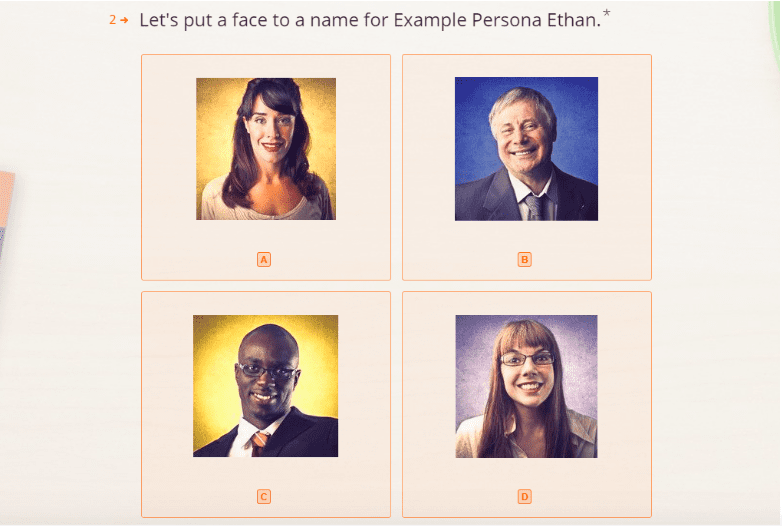
Other steps, however, are essential to creating effective buyer personas.
Some key attributes to assign each persona include their job role, the tools they use, their industry, and so on.

Upon completing the form, wait up to 15 minutes for your personalized buyer persona to be delivered to your inbox.
When done, it should look something like the following:
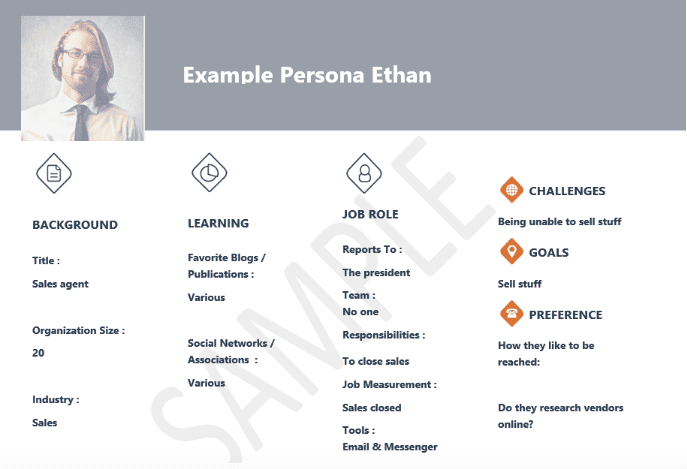
Feel free to create as many buyer personas as needed. MakeMyPersona is not the only way to build out a buyer persona, but it’s definitely helpful in speeding up the process.
With your buyer personas, you will be able to develop content pieces that are better suited to your target audience in terms of tone, calls to action (CTAs), and unique selling points.
It will also help you determine your audience’s preferred distribution channels and touchpoints, which takes us to the next step:
Mapping Your Acquisition Channels
To help you understand which traffic is delivering the most results, you need to track where they originate.
Google Analytics is a comprehensive tool you can use to map your website visitor acquisitions.
Upon setting up analytics tracking, simply navigate to the “Acquisitions” tab for a complete view of your traffic sources.
These can include things such as organic search, social media, referrals, and direct visitors.
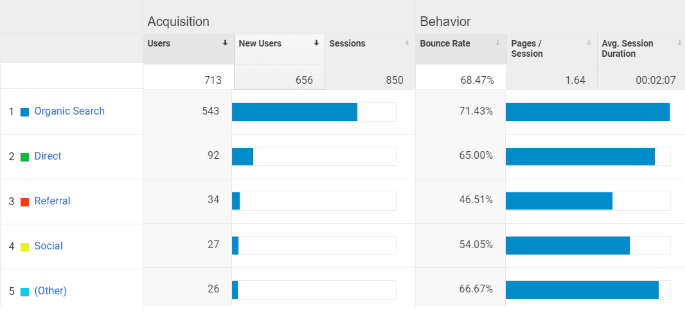
You can dig deeper by clicking an acquisition channel.
There, you can see the platforms or keywords that visitors used to find your site.
For example, under “Referrals,” you’ll be presented with a list of websites that drive traffic to you via backlinks pointed at your own content.
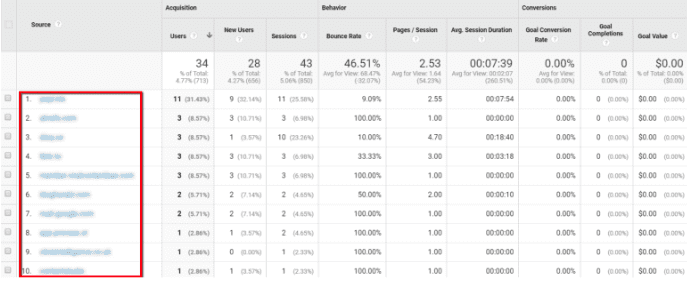
How can you also know which pages these visitors view?
From the Google Analytics main menu, head back to “Audience” and select “Users Flow.”
This will display a flowchart that describes how users navigate and interact with your web content.
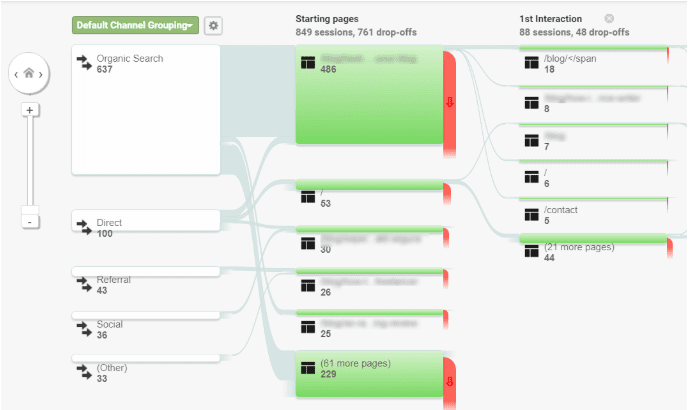
You may also refine the data by applying filters from the drop-down menu.
Some of the options include the traffic type, website source, and keyword used.
Now that you have an idea where your web traffic originates and which pages they access, you can better optimize your content to resonate with your audience’s needs.
There’s just one more thing you need to do to understand the motivation that fuels each visit.
Improving Your Keyword Targeting
Organic search, PPC ads, social media — most of these traffic acquisition channels depend on the right keywords to draw in the right audience.
To look for lucrative keyword opportunities, most marketers turn to metrics such as the monthly search volume and average cost per click (CPC).
Most research platforms also measure the competitiveness of keywords to help marketers determine which are viable to them.
What a lot of marketers overlook, however, is the user intent behind every long-tail keyword.
Remember, users can only perform one of the three types of online search queries:
- Navigational Queries
If a user already knows the exact brand or product they’re looking for, they tend to include its name in their search keyword. This is called a navigational query, because users only use the search engine as means of getting to the site they want. - Informational Queries
Users who search online strictly for research purposes aren’t necessarily in a buying mood. However, they can be converted into qualified leads with the right content. - Transactional Queries
Lastly, there are search engine users who perform queries specifically to look for products or services they can purchase. These users should be your prime targets for generating revenue from your marketing campaigns.
A tool like Ubersuggest can help you spot lucrative, long-tail keyword opportunities in a heartbeat.
All you need to do is enter a seed keyword, adjust the location and language settings of your search, and click “Look Up.”
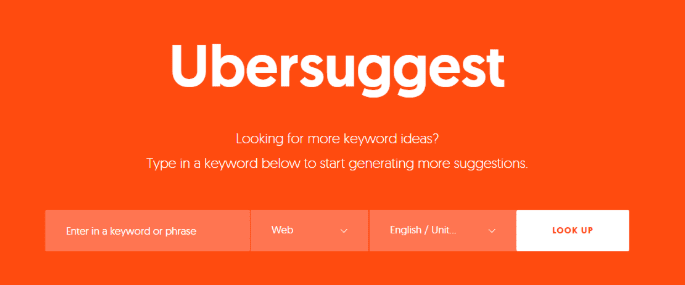
To look specifically for keywords that are more likely used in transactional queries, you can use the “Filter Results” feature to scrape suggestions that contain commercial terms.
This includes the words “hire,” “sale,” “service,” “price,” and so on.
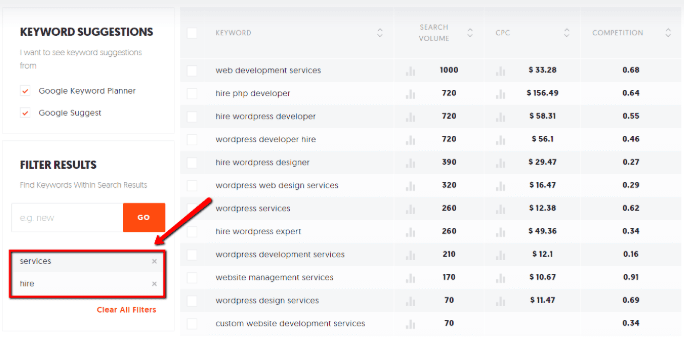
If you want to make it easier to positively impact your bottom line with your traffic generation efforts, make it a point to learn how to target keywords that are used by people who are more likely to convert.
It’s only a matter of understanding why these users look for information and what type of content can match their expectations.
Bonus: Additional Tips that will Help You Convert More
The key to more effective and dynamic marketing efforts is to understand that there’s more than one type of visitor.
But if you really want to squeeze the most conversions from your traffic, here are additional tips that you can’t miss:
- Improve Your Website’s Performance
There are many ways to improve your website’s loading speed — from leveraging a CDN to using minimalist, distraction-free themes. This will allow you to retain and accommodate 40 percent more visitors on your website.
- Use Email Marketing Automation
With email marketing platforms like MailChimp, you can automate lead segmentation based on their activities. Use your mailing list as a lead nurturing tool that will help win your audience’s trust, build brand loyalty, and ramp up profits.
- Split Test
You can split test your pages to find their best version in the shortest amount of time. Split testing is the practice of rolling out multiple versions of a page simultaneously, while tracking metrics such as conversion rate, bounce rate, and so on.
You might think that understanding and segmenting your audience seems like an ordeal.
With the right tools and tactics, you will find that it is much easier than it appears.
The strategies outlined above should help you get the ball rolling. Cheers!
Feature Image Credit: CC 0; Public Domain. All images sourced from pexels.com.
Disclaimer: The views and opinions stated in this post are that of the author, and Return On Now may or may not agree with any or all of the commentary.
Marc Sullivan
Latest posts by Marc Sullivan (see all)
- Personalizing the eCommerce Shopping Experience for More Sales - October 16, 2018
- Why Not All Online Traffic is Good Traffic - July 25, 2018





